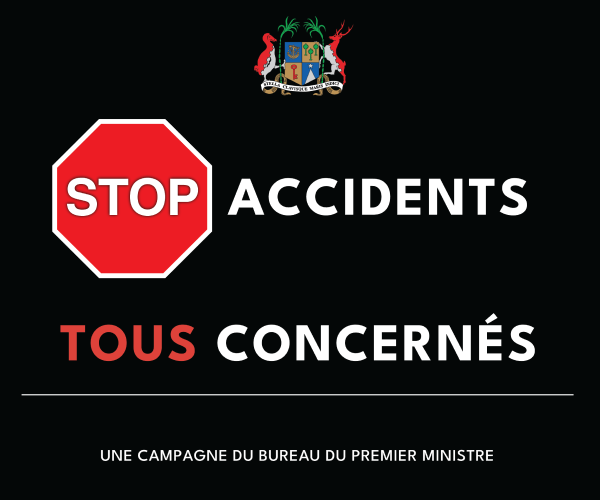The Black Code of 1685 shows that slaves were represented as furniture and not as human beings. In March 1685, an ordinance, prepared by Colbert and his son, known as the “Black Code“, was promulgated to clarify the legal status of black slaves. The Black Code of 1685 shows that slaves were represented as chattels and not as human beings. The Black Code was an attack on freedom that the Philosophers of the Enlightenment denounced in the 18th century. Father Alain Romaine published, on the website of the diocese of Port-Louis, an in-depth article on the ‘Code Noir’. Alain Romain concluded by these lines: “Today, in the light of the Universal Declaration of Human Rights, the descendants of slaves bear the consequences of slavery engraved in the Code Noir; although the letter differs, the spirit persists. They continue to pay the high price of racism transformed into communalism, exclusion, discrimination, and prejudice. Here is the article of Alain Romaine :
A founding legal text
The Code Noir, elaborated by J.B. Colbert, is the title given to the Royal Edict promulgated in March 1685 by Louis XIV for the American islands. It aimed to give a legal framework to the slave system in the colonies. It was amended and published as a letter patent concerning the “negro slaves” of the Isles of France and Bourbon. The Code Noir legislates the ignoble treatment of “Negro slaves” in the colonies. It is the founding text of Mauritius, being the first legal document that lays the foundation of social relations between Mauritians at the origin of its settlement.
A legal regulation of the slave system
The Code Noir for the Isle of France and Bourbon contains 54 articles that can be grouped into 5 parts. The first part (Art. 1-10) established Catholicism as the sole religion in which slaves were to be educated and baptized. It prescribes the prohibition of white subjects from contracting marriage or living in concubinage with blacks under penalty of punishment and fine. It advocates the burial of baptized blacks in a cemetery. The second part (11-20) regulates the daily life of slaves: their comings and goings, their food and clothing. The third part (21-38) is the heart of the legal system: it defines the “subhuman” legal status of the slave by declaring his legal incapacity to own any property as well as any recourse to justice.

However, the slave is criminally liable for the crime of assaulting a master as well as for the crime of flight and receiving stolen goods. The fourth part (39-48) defines the civil status of the slave as “movable property“. The slave is a commodity. He is a res, a thing, a reified, chosified being. His owner can dispose of him like a piece of furniture or a beast of burden. The last part (49-54) stipulates the conditions for the emancipation of the slave by his master as well as the new civil status of the freedman, his capacities and his obligations.
A text bearing original violence.
Although it was intended to regulate the slave system, which was left to the unlimited goodwill of the masters, the Code Noir has proven to be a legal device that was distinguished by the extreme violence inflicted on slaves in their flesh by means of punishment, sanction, mutilation, and execution by whip and iron. But more than that, it is in his soul that the black uprooted from his native land is the most bruised. The denial of his humanity, the affirmation of his inferiority to lead him to self-hatred, the forced endorsement of a religion, a language, a culture, the dispossession of his offspring all contribute to the erasure of his cultural and spiritual identity in order to supposedly civilize him. However, the slave will be able to resist and show resilience by creating a new culture: the ‘creolité’ carrying a new vision, which is reflected in the Creole language. This is not without after-effects for his descendants.
A monstrous text
In the words of Louis Sala-Molins, the Code Noir is a monstrous text in several respects, since it establishes the distinction between humans from birth on the basis of skin color and degree of pigmentation, even though the same blood flows in their veins from the same organs. It bears its name on the skin of the law book and of the enslaved human.
It grants the “white master” the right of life and death over the “Negro slave” as well as the right of ownership over the slave and his children. It “subhumanizes” the black man and institutes anti-African racism.
Yesterday, today and tomorrow: the same price to pay
The status and fate of the slave of yesterday, engraved in the Code Noir of Isle de France and Bourbon, meant that he had to pay a heavy price for the development of Mauritius from the beginning of its settlement. Indeed, recent studies on the French slave trade in the Mascarenes count around 80,000 people captured, locked up, transported to the bottom of the hold, put into slavery in Mauritius – with a life expectancy not exceeding ten years -, paying the price of their lives with all the weight of contempt to build Mauritius and make it become the star and the key to the Indian Ocean
Today, in the light of the Universal Declaration of Human Rights, the descendants of slaves bear the consequences of slavery engraved in the Code Noir; although the letter differs, the spirit persists. They continue to pay the high price of racism transformed into communalism, exclusion, discrimination, and prejudice (kreol pares – kreol nek amize – kreol gran nwar…), as well as social marginalization in the cities and ghettos. But, in the face of stigmatization, they continue to show resistance, resilience and identity affirmation to erase the abominable stigma that the Black Code has imprinted in their flesh and soul. And what about the future of the descendants of slaves? When will there be a mechanism of catching up or real reparation to allow him to forge his future by himself? Or will they have to continue to pay a high price tomorrow and the day after?
Source:
- L’OBS (hors-série) no. 107, Esclavage — une histoire française, 2022
- TAUBIRA, Christianne & CASTALDO, André, Codes Noirs, de l’esclavage aux abolitions, Dalloz, 2006
- NAGAPEN, Amédée, Le Marronage à l’Isle de France — Ile Maurice, Rêve ou riposte de l’Esclave, Centre Culturel Africain, Nelson Mandela, 1999.
- SALA-MALINS, Louis, Le Code Noir ou le calvaire de Canaan, PUF. 1987
- Texte intégral du Code Noir : http://www.pierre-poivre.fr/doc-23-12-mois.pdf
..
Contributed by –

P. Alain Romaine
*The views expressed are personal.






